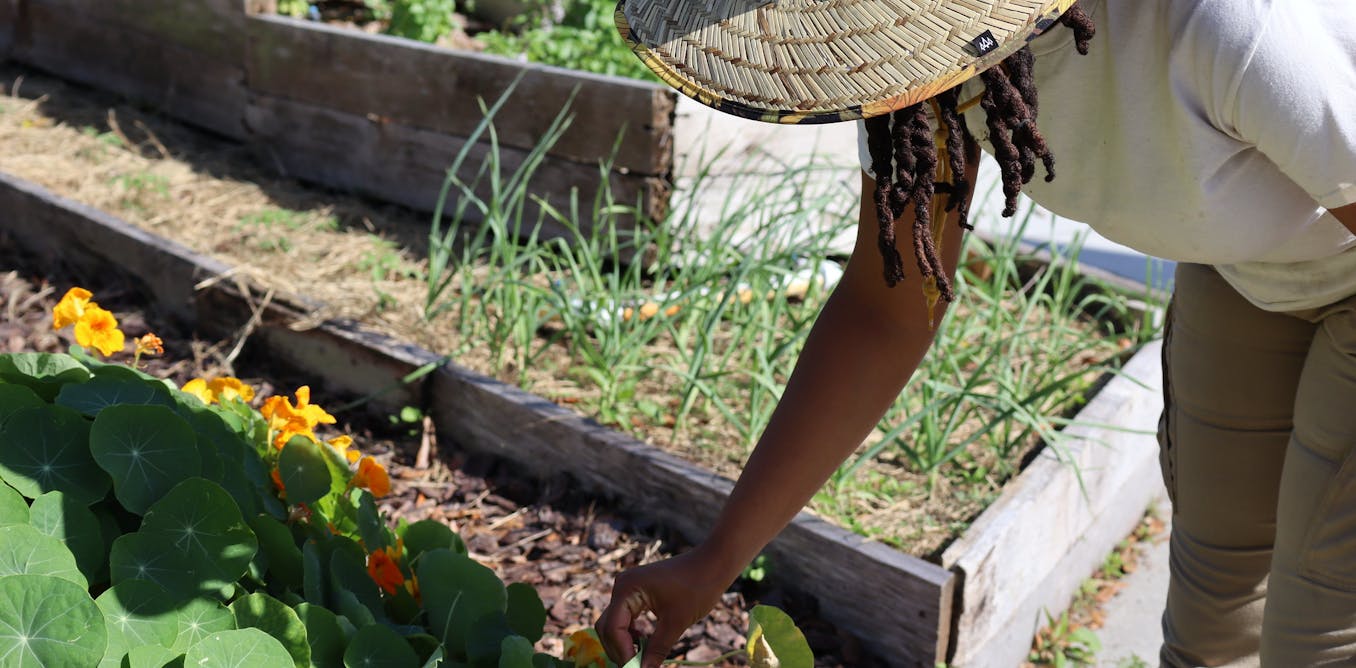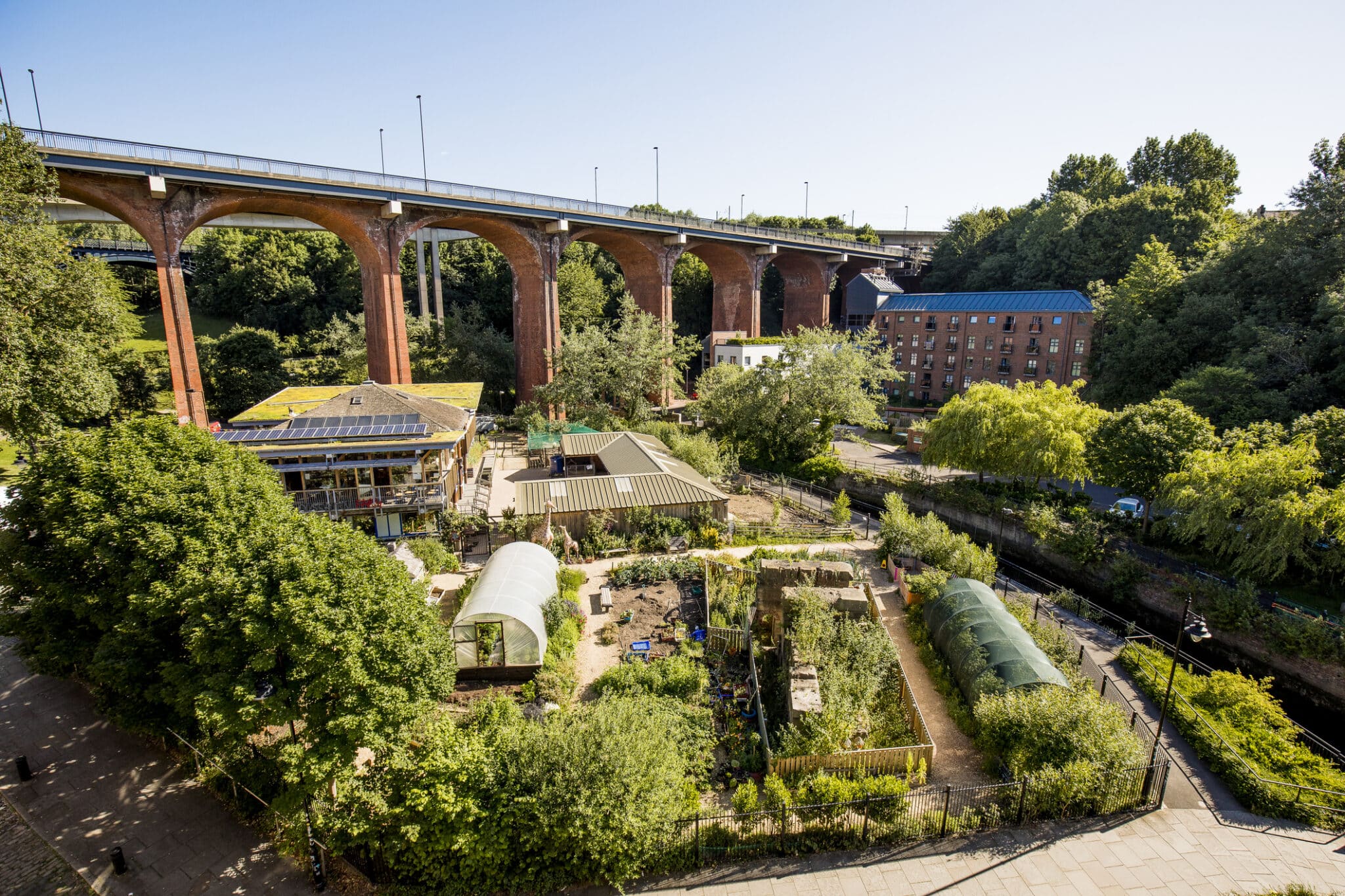The Ultimate Guide To City Blooming
The Ultimate Guide To City Blooming
Blog Article
Some Of City Blooming
Table of ContentsRumored Buzz on City BloomingCity Blooming Fundamentals ExplainedCity Blooming Things To Know Before You Get ThisThe Facts About City Blooming RevealedThe 6-Second Trick For City Blooming
Interested in expanding food up for sale in the City of Chicago? Thinking of starting an area yard? Changes to the Chicago Zoning Statute allow farming usages like community gardens and urban ranches in numerous parts of the city. Below is a list of frequently asked inquiries pertaining to the regulations and policies that growers ought to take into consideration when preparing a city agriculture project.
The zoning change does not modify any kind of other codes dealing with composting, structure permits, acquiring or renting City owned residential property, service licenses or ecological contamination. There are existing codes that regulate these problems and they stay in complete impact and might apply to your job. Neighborhood gardens are usually owned or handled by public entities, public companies or community-based organizations and preserved by volunteers.
Urban ranches expand food that is planned to be sold, either on a nonprofit or for-profit basis. Due to their business purpose, city ranches require an organization license.
An Unbiased View of City Blooming
The amount of compost material can not go beyond 25 cubic yards at any offered time according to the standards in 7-28-715 of the City's Municipal Code. Since the dirt at many new garden websites needs amending, garden compost, soil, timber chips, or various other materials can be obtained to construct or enhance the growing room.

If a structure permit is needed then the hoophouse will certainly be considered an accessory structure. You can figure out even more about the building license requirements by getting in touch with the Division of Structures. The 25,000-square-foot size limitation is meant to prevent a solitary community yard from controling an offered block or interfering with the block's existing domestic or industrial personality.
The limit does not apply to gardens located in Public Open Space (POS) areas. Can there be even more than one area yard that is 25,000 square feet on a single block? Fence is not called for, nevertheless, gardens that have big auto parking locations may be needed to install fence or various other landscaping features.
Not known Facts About City Blooming
B1 & B2 areas need that all industrial use tasks be performed inside your home. R districts restrict business task. The regulations reflect the function and intent of the Zoning Code. Is fencing needed for metropolitan farms? Yes. Fencings might be called for, in addition to landscape design and screening, for sure vehicle parking areas and outside job or storage space areas depending on area and the certain activity happening.
Yes. Urban ranches need structure authorizations and zoning authorizations prior to building and construction. Other kinds of city evaluation may be called for depending upon certain frameworks, tasks, dimension, landscaping, licensing, public heath and stormwater monitoring problems. Most of these needs are determined in the job layout or permitting process, nevertheless, the applicant might be liable to separately recognize particular licenses or allows that may be called for.
Yes. The sort of license is established by what is taking place at the site. The Department of Business Affairs and Consumer Defense can assist identify the specific sort of business permit that's called for. Yes. Off street parking is needed for most business jobs in Chicago. The needed number of auto parking areas is based upon the variety of staff members working with site and not the square footage of the expanding area.
The 30-Second Trick For City Blooming

Yes. A city farm can offer garden compost product created on site, however, the procedure has to follow the laws in 7-28-715 of the Chicago Municipal Code. Yes. Aquaponic systems are permitted inside your home on metropolitan ranches in many zoning areas. A zoning evaluation and building permit is required in order to install structures or systems and a service license is called for as described above.
As much as 5 hives or nests of honey may be kept as an accessory usage. Beekeepers must sign up with the Illinois Department of Agriculture. For more details about the proposed zoning modification you might call the Department of Housing and Economic Growth, Bureau of Planning and Zoning at 312.744.8563.
Farming in cities and urban locations An urban ranch in Chicago. Urban agriculture describes different practices of cultivating. https://www.tumblr.com/cityblooming1/754396373643853824/welcome-to-our-website-city-blooming-is-all-about?source=share, handling, and distributing food in metropolitan areas. The term also relates to the area tasks of animal husbandry, aquaculture, beekeeping, and horticulture in a metropolitan context. Urban farming is identified from peri-urban agriculture, which takes place in backwoods beside suburban areas.
Things about City Blooming
, that look for to form social networks started on a common values of nature and community holism. These Check Out Your URL networks can establish by means of formal institutional support, coming to be integrated right into local community preparation as a "change community" activity for sustainable urban development.
Some of the initial evidence of urban farming comes from Mesopotamia.
Report this page